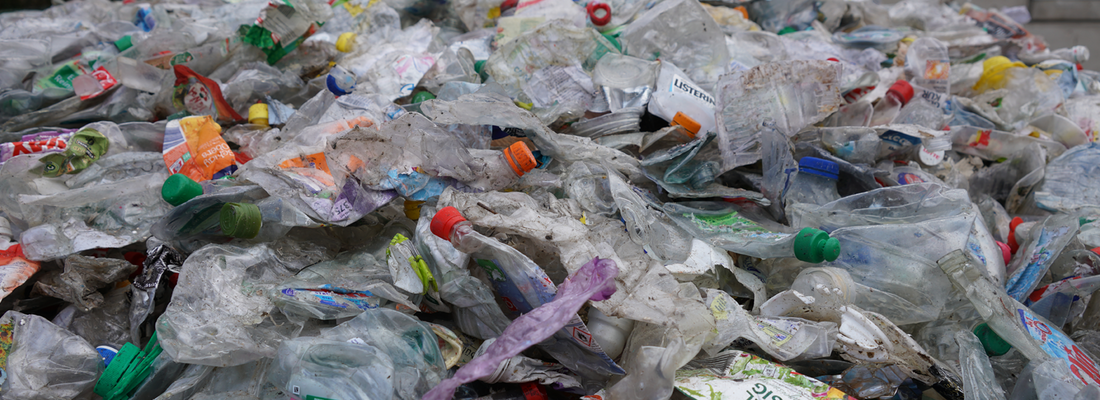‘’This situation could slow down the transition towards a full plastic circularity,’’ said Ton Emans, PRE President,‘’ the recent EU policy and global developments have boosted massive investments in the plastic recycling capacities on the continent as in 2020 the plastic recycling industry invested €1.5bn which translates into 1.1Mt additional installed capacity when compared to the previous year and a total of €4.9bn of investments since 2017. However, without stable, high-quality input materials the industry’s efforts to reach the new recycling targets might be hindered. Robust sorting and collection infrastructure is a must to increase stable feedstocks for European recyclers’’ he added.
This comes unexpectedly as for a few years the EU has been registering a decline in exports of waste while recyclers continued to upscale the installed capacities with a major, 60% [1] growth in 4 years. The Chinese ban [2] and the strengthening of the controls in the context of the Basel Convention and OECD Decision on Transboundary Movements of Waste both enabled the continuous decrease of the exported waste [3] from 3Mt in 2014 to 1Mt in 2021. Despite these developments and regardless of the increase in the price of sorted material pushed by the growing prices of recycled materials, no substantial additional quantities of waste are being sent to recyclers today [4].
With 9Mt tons of plastic waste being collected for sorting [5], out of 30Mt in total, increasing the collection destined for recycling remains one of the key measures in Europe. The remainder of the collected waste -21Mt - is either incinerated or landfilled. Furthermore, the statistics demonstrate a 20Mt gap in the amount of waste that is generated versus what is put on the market.
Challenging these figures iscritical to divert recyclable plastic from landfills and incinerators, in order to create economies of scale for recycled polymers. PRE calls for transparent reporting on waste generation, collection and sorting, so that missed quantities can be identified and recycled.
_______________
[1] Plastic recycling industry continues fast-paced efforts towards reaching the EU targets
[2] The Chinese, imports restrictions introduced in 2017 under the “National Sword” policy and effective from January 2018 resulted in one of the biggest drops of plastic waste exports outside of the EU in the same year.
[3] To the Far East and other developing countries.
[4] Waste included with pollution, destined for further sorting.
[5] This situation concerns all kind of streams beyond packaging also waste electrical & electronic equipment and building & construction.







